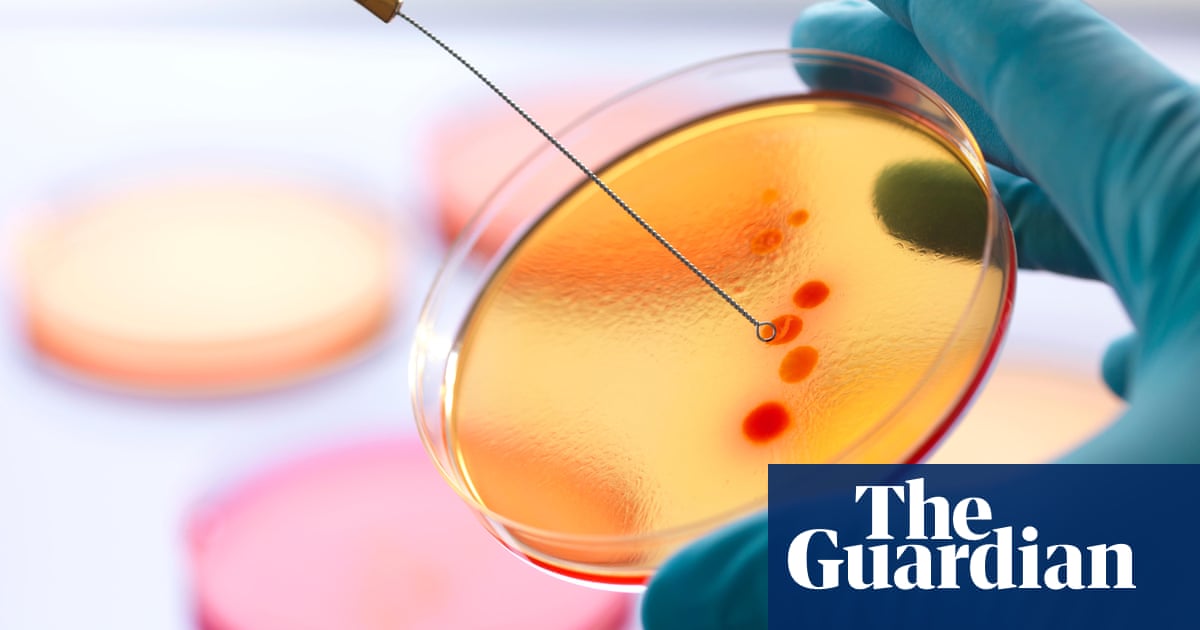Unregulated antibiotic use in animal research likely contributes to human drug resistance, study finds | Antibiotics

Chronic and unregulated use and disposal of antibiotics in animal research facilities is contributing to the emergence of drug resistant superbugs that could pose a threat to human health, according to new research.
A study published in the journal Plos One found widespread and excessive use of antibiotics, unregulated access to critical drugs and disposal practices in laboratory rodent facilities were likely contributing to the global health problem of antimicrobial resistance.
The survey of 95 laboratories in Australia and New Zealand found 71% routinely used antimicrobial drugs, which include antibiotics. Common practices included antibiotic dosing of rodent drinking water and inappropriate disposal of medicated water and food.
Lead author Dr Rebbecca Wilcox, a laboratory animal veterinarian at RMIT and infectious diseases researcher, said animal laboratories had unregulated access to antibiotics from veterinary wholesalers and chemical suppliers, and none of the checks and balances required for doctors or veterinarians prescribing them.
Survey responses from laboratory veterinarians and facility managers showed they were using antibiotics that “aren’t used in other animal sectors” and were “considered drugs of last resort”, she said. “We are using them in ways that a lot of the time we can avoid.”
The World Health Organization has called antimicrobial resistance one of the top threats to global public health.
Wilcox said antibiotic resistance was “a coming pandemic”.
“It is going to mean that routine procedures like hip replacements, knee replacements, caesareans, surgery for cancer, chemotherapy, are not going to be feasible. They are going to be life-threatening,” she said.
While the problem of antibiotic use and resistance has been extensively studied in human health and agricultural systems, the Australian-led study has published the first empirical evidence globally on practices within laboratory rodent facilities.
Most facilities (81%) reported disposing rodents’ medicated drinking water down the drain untreated. Wilcox said this was a concern as wastewater from hospitals and health institutions is a known contributor to antibiotic resistance in the environment.
“There’s lots of documented evidence that wildlife like seagulls and birds and rats and mice, who hang around at wastewater treatment plants, can carry these resistant bacteria and they can spread them,” she said.
Sanjaya Senanayake, an infectious diseases specialist at ANU not involved with the study, said deaths from antimicrobial resistance were estimated to reach 10 million a year by 2050, surpassing deaths from cancer. “In a place like the US, you already have about 3 million antimicrobial resistant infections every year, and about 30,000 deaths attributed,” he said.
He said the systemic issue had many causes beyond the health system. “It’s not just a doctor in a hospital or a GP prescribing an antibiotic when they shouldn’t,” Senanayake said. “Most of the antibiotics used are not for us, they’re used in animals.”
Prof Mark Blaskovich researches the development of new antibiotics and the detection of resistant bacteria at the University of Queensland. He said while amounts of antibiotics used and discarded at rodent laboratories were unlikely to be at the same scale as hospitals or antibiotics manufacturers, the facilities presented an interesting “microcosm of the bigger picture”.
“Even with all the controls you have in these rodent facilities, people are still not using antibodies correctly,” he said. “When people and vets and farmers are using antibiotics, very similar types of things are going on but on a much bigger scale, and that’s really helping to drive the development of these resistant bacteria.”
Wilcox said if animals contracted an untreatable bacterial infection, it was “catastrophic” from an animal welfare perspective , and potential exposure to resistant bacteria was also a health and safety issue for people working with the animals.
The study found particular cause for concern in cases where a laboratory was next to or part of a hospital, as there could be biosecurity breaches.
Wilcox said she hoped the findings would prompt greater awareness and improve practices among the research community, animal ethics committees and policymakers.
“Now we’ve got some confidence about the actual statistics around this we can make some recommendations about how to responsibly use antibiotics,” she said.
Source link




